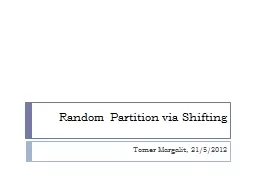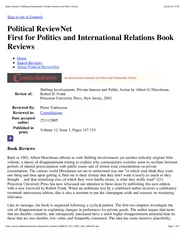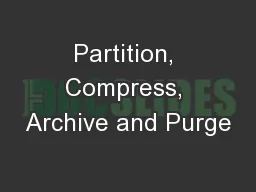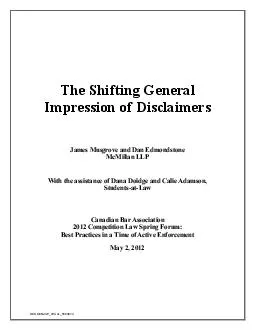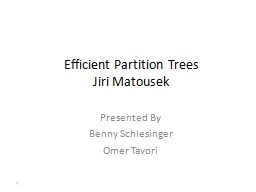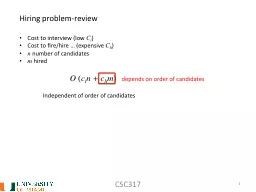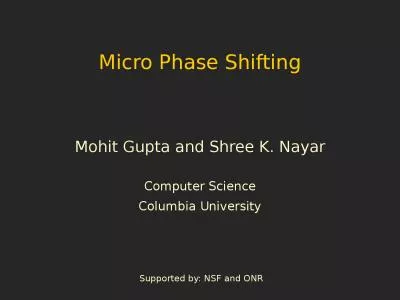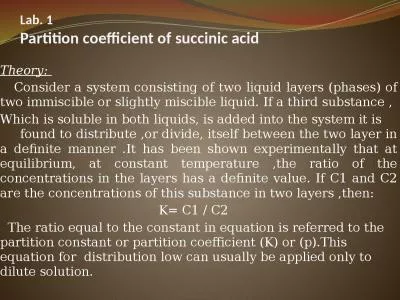PPT-Random Partition via Shifting
Author : kittie-lecroy | Published Date : 2016-06-27
Tomer Margalit 2152012 Table of Contents Introduction and fundamental properties of randomly shifted grids Application minimal disk covering of points We improve
Presentation Embed Code
Download Presentation
Download Presentation The PPT/PDF document "Random Partition via Shifting" is the property of its rightful owner. Permission is granted to download and print the materials on this website for personal, non-commercial use only, and to display it on your personal computer provided you do not modify the materials and that you retain all copyright notices contained in the materials. By downloading content from our website, you accept the terms of this agreement.
Random Partition via Shifting: Transcript
Download Rules Of Document
"Random Partition via Shifting"The content belongs to its owner. You may download and print it for personal use, without modification, and keep all copyright notices. By downloading, you agree to these terms.
Related Documents

